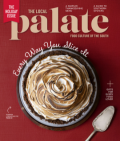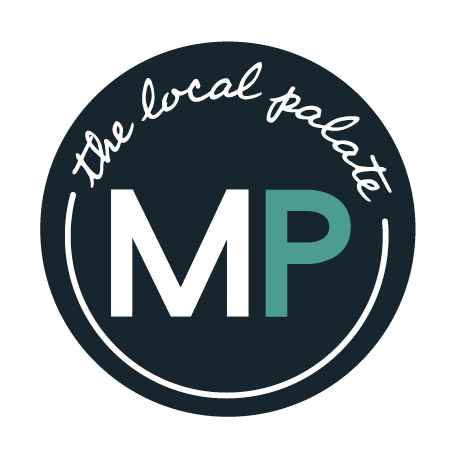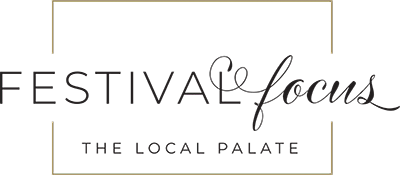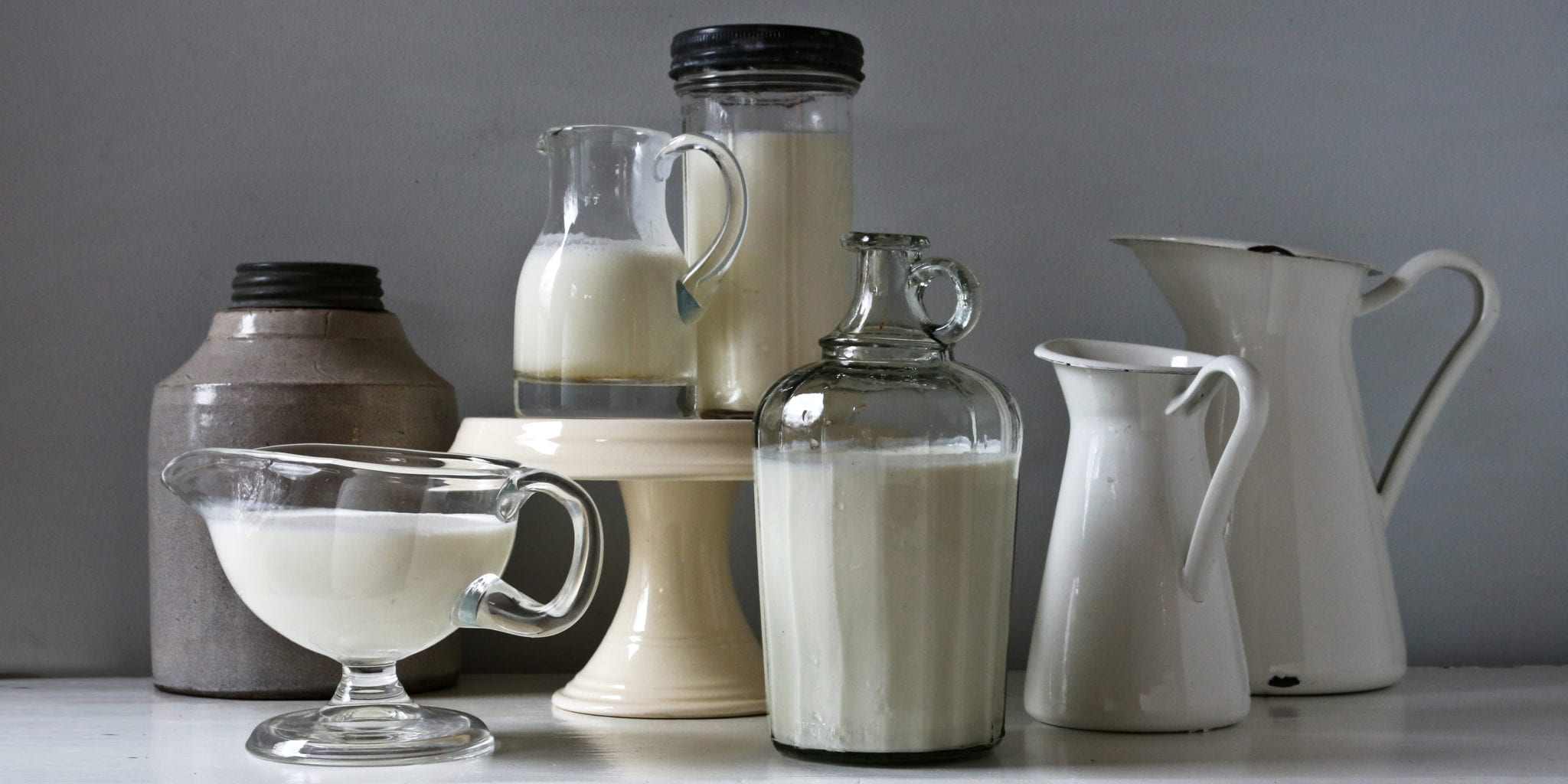A FRESH TAKE ON A SOUTHERN CLASSIC
If you’re anything like me, you might have a grandparent or great-grandparent who had a taste for buttermilk, but you wouldn’t go near the stuff yourself. Or maybe you tried a sip of it by accident, thinking it was real milk, and spit it out in a fit of confusion or disgust. What you might not realize is that the buttermilk you tried probably wasn’t real buttermilk at all. Once you taste the real stuff—the byproduct of quality milk from healthy cows who have been feeding in open pastures and nothing else, with no added chemicals or artificial thickeners—your entire opinion of buttermilk will change and a world of cooking possibilities will open up for you.

Growing up in the mountains of South Carolina and North Georgia, buttermilk was in our kitchen every day. The older generations had dairy cows and always had a lot of buttermilk left over after making butter. Some of them even liked to drink it. Not me. I didn’t know any kids who had a taste for buttermilk, and I was no exception.
But that all changed recently. Last September, my wife and I went to Blackberry Farm in northeast Tennessee on our anniversary, and I was talking to Joseph Lenn, the chef there, who said, “Have you tried this?” He handed me a mason jar of buttermilk from Cruze Farm, a dairy in Knoxville. He made such a point of giving me some to try, I had to taste it. I drank it straight, maybe a quarter jar full, and my first thought, after thinking how incredibly good it was, was “How are we going to get this to Atlanta?” Fortuitously enough, Suzanne Cruze soon reached out to some chefs in Atlanta to gauge interest and now makes routine deliveries.
The difference between the buttermilk from Cruze Farm and the buttermilk on most store shelves is that the Cruze buttermilk is the real thing. And it dawned on me that I had never tried real buttermilk before since I’d rejected it so vehemently as a child. It’s sweet with a natural almost citrus acidity. Most of the buttermilk in supermarkets, by contrast, tastes like chemicals, and that’s because it is created artificially. But to understand that, you need to understand what real buttermilk is.
Real buttermilk is the natural byproduct of making butter—it’s the leftover creamy liquid after the butter itself has been churned out. Often it has tiny bits of butter floating in it and is naturally pretty fatty. Then it goes through a fermentation process, similar to the creation of yogurt. The result is a combination of creamy, fatty liquid with a slight acidity that can work miracles in cooking.
Industrially processed buttermilk, on the other hand, shares some basic attributes on the surface, but the process is artificial, and it shows in the taste. They take low-grade milk, add cultures to make it more acidic, heat it to force a fermentation process, and then thicken it artificially with additives. Our palates aren’t as perceptive as we like to believe, but the palate can tell a difference between a natural acidity and something that’s been chemically modified to taste sour. It’s like the difference between eating a lemon and eating a lemon candy. One has a natural citrus acidity and the other is citric acid. Commercial buttermilk technically has the acidity required for things like baking, where you’re using the acid in buttermilk to create a chemical reaction to activate the baking soda. That’s why buttermilk makes your biscuits and pancakes fluffier, and commercial buttermilk will work for that purpose. You just wouldn’t want to drink it or cook with it beyond that.
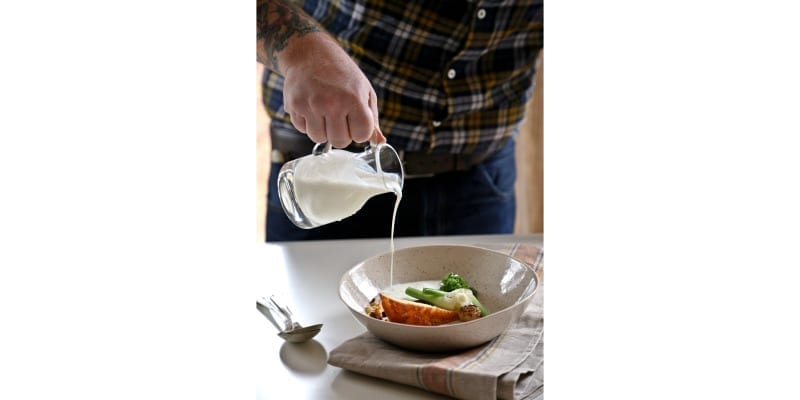
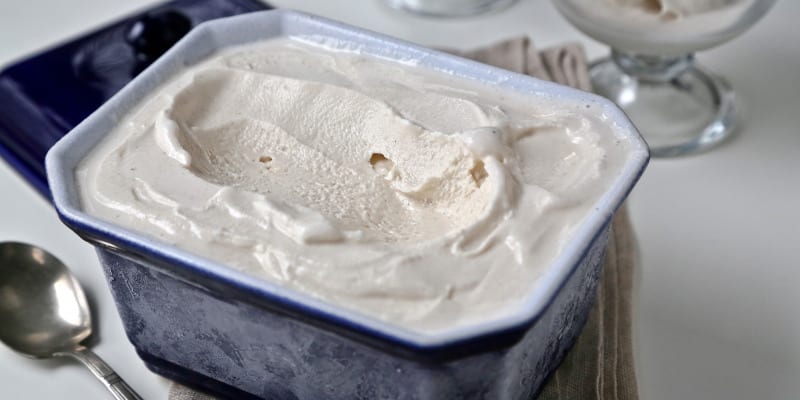
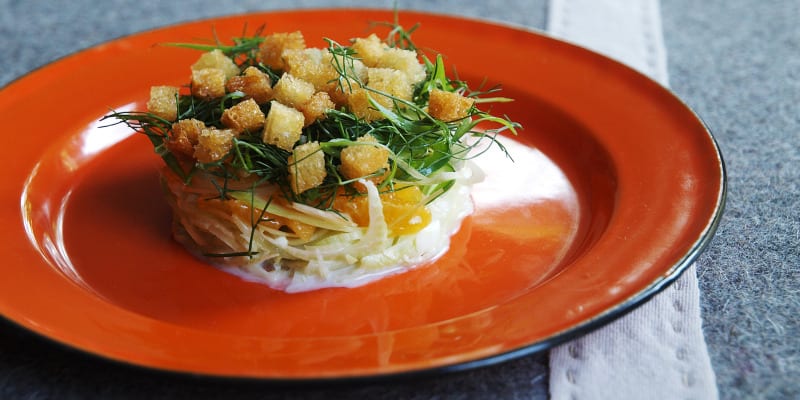
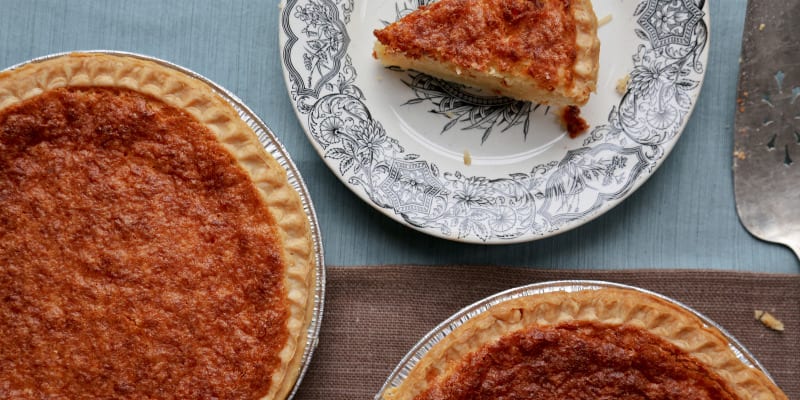
I think that’s the reason why buttermilk hasn’t been widely used for so long. Even great Southern chefs would turn their noses up at it because what was on the market wasn’t very good. It’s only out of the resurgence of people like Cruze Farm, small dairies making the real product, that people are suddenly realizing, “Oh! I get it!” As for any concern that real buttermilk is “bad for you” because of its high fat content, well remember that it’s buttermilk, so it’s not like you’re drinking a gallon a day. In my opinion, moderation is everything. A little bit of high-quality all-natural fat in your cooking in its unadulterated form, I would argue, is exponentially healthier for you than any number of “lighter foods” produced by manufacturers.
The following buttermilk recipes are a little more avant-garde than the traditional buttermilk recipes for biscuits and fried chicken, for example, but they’re a great way to showcase this key Southern ingredient that is finally getting the hype it deserves.
Kevin Gillespie’s recipes
Old Fashioned Cornbread and Buttermilk with Spring Onions
Buttermilk Marinated Fennel with Satsumas and Jalapeños
Buttermilk Ice Cream
Framish Pie (French Coconut and Amish Buttermilk Hybrid)
Southern Dairy Farms
TLP recommends the following Southern dairies for quality buttermilk products
Cruze Dairy Farm / Knoxville, TN
JD Country Milk / Russellville, KY
Happy Cow Creamery / Pelzer, SC
M and M Dairy / Westminster, SC
Milky Way Farm / Starr, SC
Ocheesee Creamery / Grand Ridge, FL
Shumpert’s Dairy / Leesville, SC
Southern Swiss Dairy / Waynesboro, GA
Sparkman’s Cream Valley / Moultrie, GA
Stryk Jersey Farm / Schulenburg, TX
Wright Dairy / Alexandria, AL
share
trending content
-
Where Culinary Excellence Meets Southern Hospitality: Durham’s Award-Winning Chefs
by TLP's Partners -
The Cookbooks Our Team Can’t Stop Cooking From
-
12 Recipes for a Vegetarian Thanksgiving
by Emilee Calametti -
Our 10 Favorite Tasting Menus Across the South
by Emilee Calametti -
Savor South Walton, Florida
by TLP's Partners
More From Key Ingredient
-
Sweet Talk: The Sensuous Power of Local Honey
-
Caramel Delights
-
Jason Stanhope’s Famous Celery Salad
-
Little Bursts of Summertime
-
A Better Butter Bean
